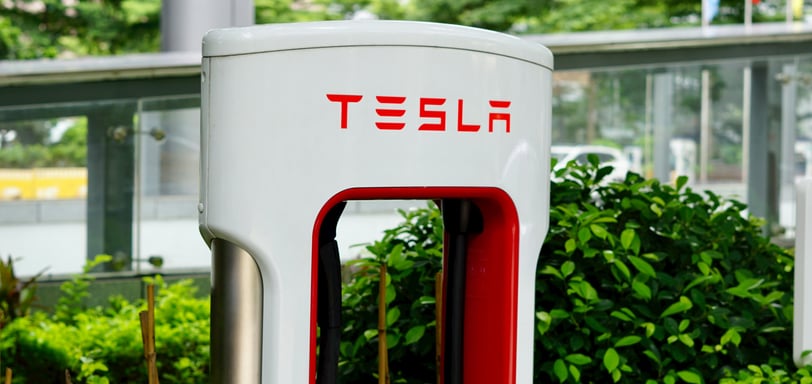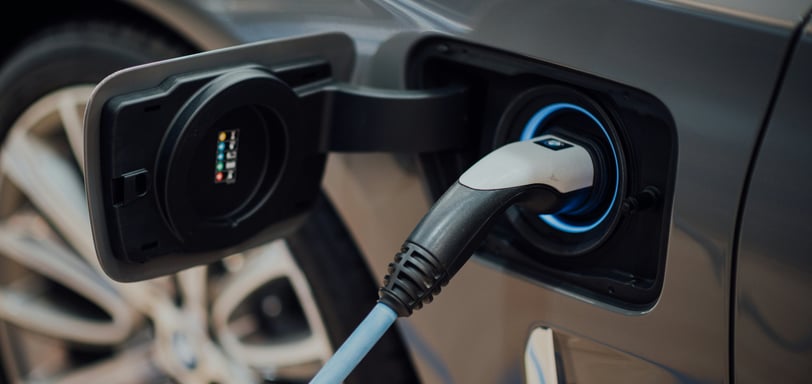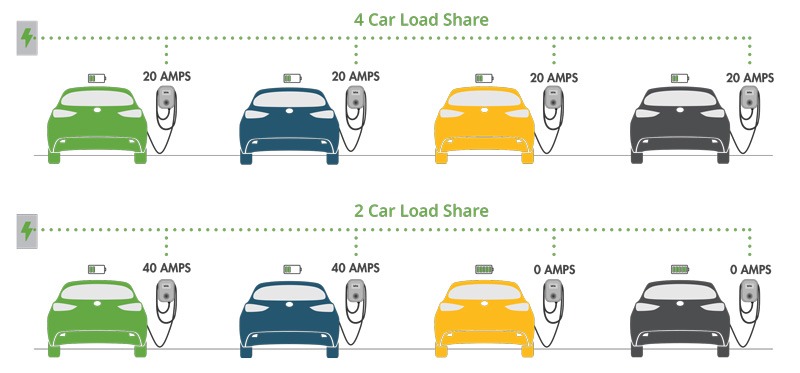
5 Reasons Why Your EV Chargers Are Slow
A look into why charging takes so long and what to do about it
INDUSTRY


Why Are EV Chargers So Slow?
The brand of the charger doesn't matter. The quality of the physical charger doesn't really affect the speed either. The main factor is the strength of the power going INTO the charger from the power source. The charger's speed depends on the amount of power available at the location.
1. Strength of Power Source
It’s the power going into the charger that counts.
The EV Charging Company Doesn’t Matter
I hear a lot of people complaining that certain companies' chargers "suck" or they "have slow chargers" without fully understanding the concept. The EV charging company that supplies the chargers doesn't influence the speed of the charger. It's not as if some companies have faster EV chargers and others have slow EV chargers.
They Use the Same Suppliers
Many companies actually use the same hardware suppliers. They purchase from the same EV Charging manufacturers. Often, companies will use the same physical charger as their competitors, but they'll simply affix their logo to it instead.
Amps Going into the Chargers = Kilowatt Speeding Coming Out
You could have a charger with up to 19 kWh power capacity, but if it's only hooked up to a 3 kWh (20 amp breaker), then that's all the power output you'll receive.
Big Difference Between Slow & Broken
Everything I've mentioned relates to the speed of the chargers. If the charger itself is completely broken, that's a different story. That's due to the quality of the charger.
2. Speed Calculation (Kilowatt Output)
There are a few terms used to describe the speed of an EV charger. Some use amperage, and some use kWh.
Quick Math
Here is how to calculate the kilowatt output of an EV charger:
An EV Charger needs to be connected to a “breaker”. Breakers come in a variety of sizes but usually increase in size by increments of ten - 20, 30, 40, 50, 60 etc.
The safety rule is not to exceed 80% of the capacity of the breaker. This is so you don't overload the breaker and short circuit the system.
In commercial and large residential buildings, you'll almost always be connected to 208 volts. So how do you calculate the kilowatts?
First, find your breaker size - let's say you're using a 60 amp breaker. Multiply that by 80%, then multiply by your 208v.
60 amps x 80% = 48 amps
48 amps x 208v = 9984 watts
Then divide by 1000 to find your kWh = 9.9 kWh
We Used 208v but What About 240V?
I almost always multiply the breaker amperage by 208 volts, but let's not forget about 240 volts. The vast majority of buildings I work on are either large commercial business buildings or large strata apartment buildings. As a rough rule, these buildings are almost always 208 volts.
“Most commercial buildings use, 120/208 volt power…. while most homes use 120/240 volt power. The actual voltage that a facility uses is not overly important”.
How Fast Will It Charge My Car?
This calculation is fairly simple. You'll just need to know the size of the battery in your car (usable kWh). Most EV owners will know how many kWh their battery can support. Keep in mind, it's recommended that you only charge your battery to 80%, so make sure to include that in your calculation.
Here’s a calculator that may be helpful.
3. Type of Car
It also depends on the type of car you have. Cars with smaller batteries will charge faster. Hybrid vehicles will charge the fastest because they're only relying on their battery half the time.
Peak Charge Rate
Different EVs can consume varying amounts of power. This is referred to as the "Peak Charge Rate". Although your Nissan Leaf may be connected to a 350 kW Level 3 Fast Charger on the side of a highway, it does not necessarily mean it will be able to utilize all of the 350 kW power.
"The peak charging rate refers to the highest kilowatt draw (i.e., instantaneous electrical energy) an EV achieved while charging."
Different EV’s Charging Times
Here is a bit more information on charging times for different electric vehicles.
4. Load Sharing
Load sharing is a significant reason why people perceive EV chargers as slow. Typically, four EV chargers are connected to a single breaker. When cars are simultaneously plugged into all four chargers, load sharing splits the total power output among all four cars.
Less Stress on Electrical System
When only one car is plugged into those four chargers, it receives the full amount of power (load). However, when a neighbour pulls up and plugs into the charger beside it, the EV chargers split the energy between the two chargers. This is called load sharing. If all the EV chargers were operating at full capacity simultaneously, they would place a huge demand on the electrical system and potentially overload it. Therefore, load sharing helps ease the stress on the electrical system.
Here is a simple image to demonstrate:
5. Slows After 80%
Another reason is that the charging speed drops dramatically once your car reaches 80%. It can take as long to charge from 80% to 100% as it does to charge from 0% to 80%. This is because Lithium-ion batteries don't like to be fully charged to 100%. They also don’t like to drop all the way down to 0%.
Lower Battery = Faster Charge
Your battery's state of charge will determine how quickly it charges. When your battery is completely depleted and at zero, it will charge the fastest. As the battery fills up, the charging speed will decrease. It can take as long to go from 0% to 50% as it does from 50% to 75% charge.
Conclusion
Currently, we're in the challenging phase of EV Charging. Many people are interested in electric vehicles but are apprehensive due to the lack of chargers. One EV owner said, "I love my EV, but I didn't realize my entire life would revolve around charging it." As we progress into the electric future and more people adopt EV's, we should see a larger rollout of EV Chargers. Stay committed to the green movement, and I'll keep you updated as the market continues to develop.
I'm here if anything comes to mind.
One love,
Strong Energy








